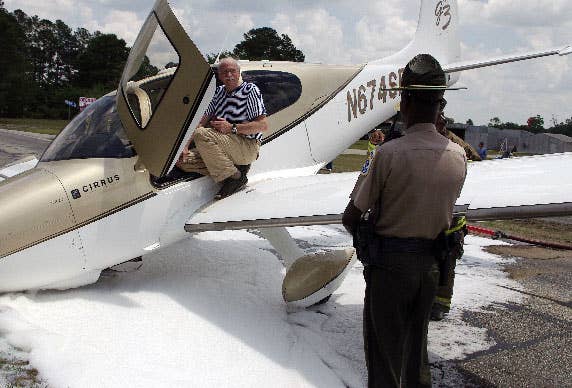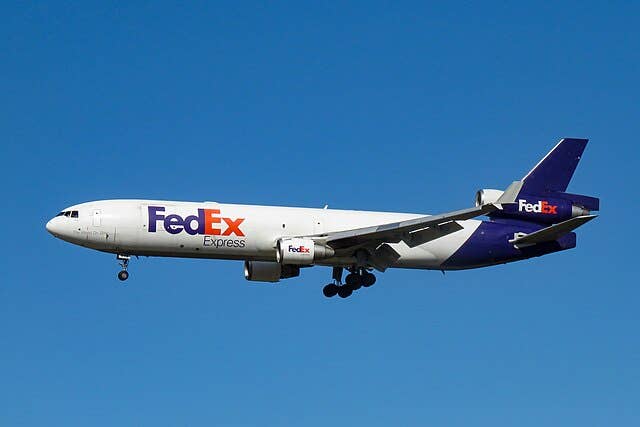Cirrus Reports Dramatic Accident Reduction
Improved training and more timely deployment of the CAPs system are credited with driving the Cirrus fatal accident rate below the GA average.

After several years of tweaking training programs, Cirrus reports that the fatal accident rate for its aircraft has dropped dramatically in the past couple of years and is now measurably below the fatal accident rate for GA as a whole. At the Aero show in Friedrichshafen, Germany, the companys Travis Klumb told assembled journalists that both the overall rate and the fatal accident rate has reached all-time lows for both the SR20 and SR22.
In this podcast, Klumb said as recently as 2004, the Cirrus fatal accident rate was about twice the industry average at 2.6/100,000 hours. In 2013, the Cirrus fatal rate had dropped to 1.01/100,000, below the industry average of 1.2. Klumb said 2014 is looking similarly promising, with initial data show a rate of .56/100,000.
Why the turnaround? Klumb said there are at least two reasons. One was that Cirrus, model-wide, experienced a higher-than-average accident rate when it was first introduced simply because it was a new airplane that pilots werent familiar with. Second, usage patterns indicate that Cirrus aircraft arent used much for recreational flying, but for transportation and that means flight in challenging weather. These pilots are flying complex missions for long distances, a lot of weather and a lot of different types of terrain. But its still the same type of pilot who would normally fly around the traffic pattern so its a more challenging mission, Klumb said.
During his presentation, Klumb said Cirrus has made substantial revisions in its training for new owners at the factory and these changes are shortly to be fielded to Cirrus owners at large through the companys well-established Cirrus Standardized Instructor Pilot program. Further, Cirrus is engaging its owners with suggestions on paths they might pursue for personal improvement and the company is connecting owners with experienced mentors.
The Cirrus CAPS parachute system has also figured in the accident turn around. When the Cirrus aircraft first appeared, there was almost no reliable experience base in how to train pilots in deciding how and when to use the parachute. Since then, the company has incorporated CAPS decision-making in its standard training package. Cirrus Todd Simmons said there have been 40 CAPS deployments in the 5600-aircraft Cirrus fleet, which recently hit the six million fleet-hour mark. Eighty seven people are alive today that, by all measures, would otherwise not be, Simmons said.
Improvements in training may yet drive down the accident rate further. Cirrus said two out of every three fatal accidents could have been prevented with timely CAPS deployment.
Cirrus also briefed reporters on the progress of the SF50 Vision jet project, which the company says is on track to deliver the first customer aircraft in 2015. Sales continue to improve, Simmons said, with 275 piston aircraft delivered in 2013 and an order backlog of about 300 airplanes.






